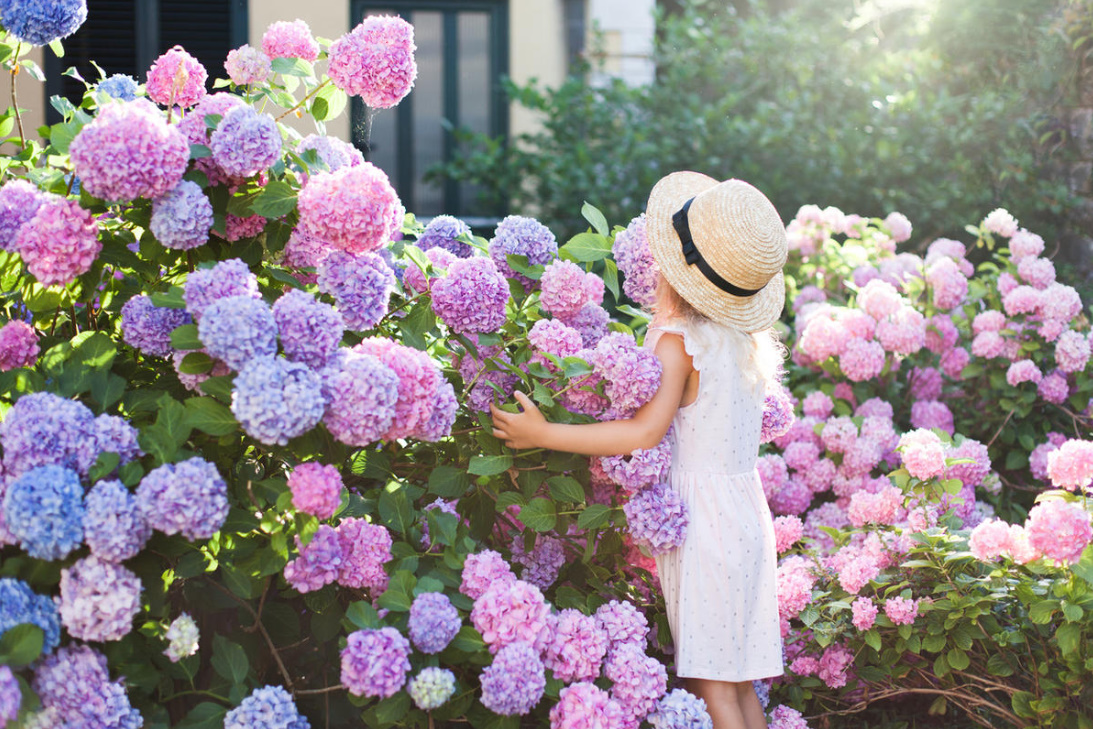
4. Astra. The Mysterious Star
Legend has it that this delicate flower appeared from a small speck of dust that fell to Earth from a star at a time when vegetation on the planet was just emerging. That is why the plant was named the aster star. Today, gardeners have more than 500 species of perennial asters, which differ from each other in flowering time, height and shape of the bush, color and type of flower petals and do not require particularly careful care. But keep in mind: after 4-6 years of staying in one place, the bush must be divided and transplanted.
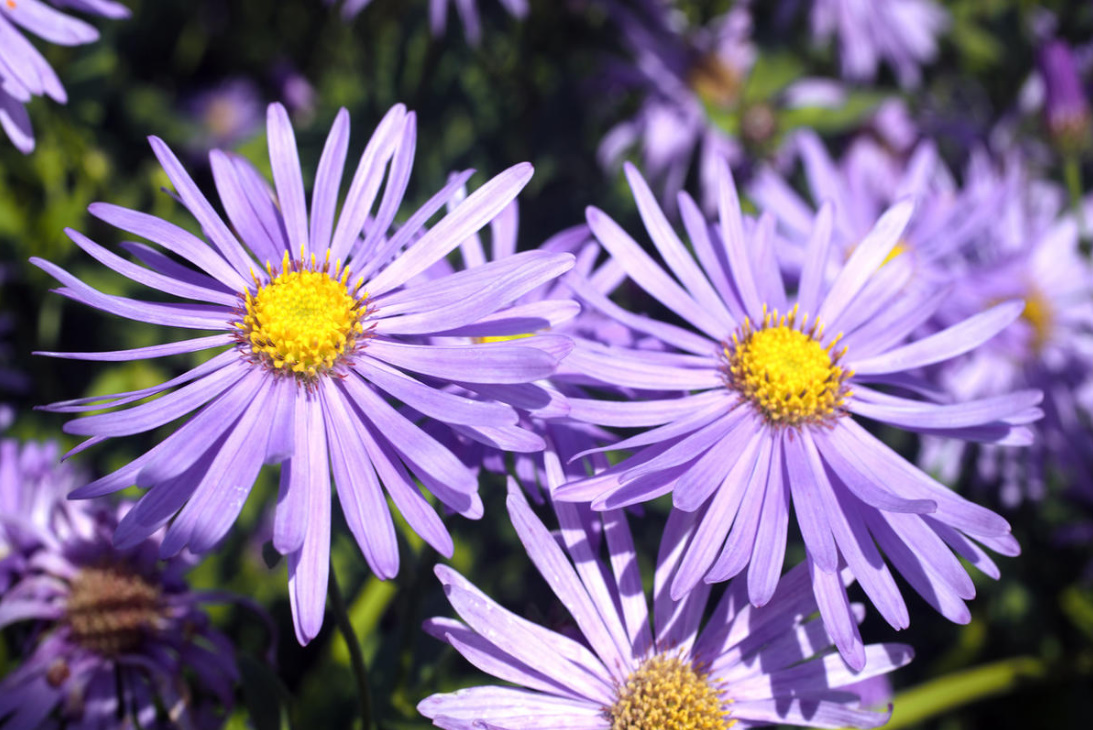
Where to plant
Asters love the sun, dry, warmed soil and calcareous soil with good water flow. Tall varieties suffer from drafts and wind, so they should be settled in secluded and protected corners.
How to care for
The plant will practically not give you much trouble, because it only needs timely watering (especially on hot summer days), fertilizing (during flowering), careful loosening and weeding. If you want to minimize these worries, too, mulch the soil around the bushes with decorative chips.
Choosing the types
- Early blooming (May-June). Aster alpinus is out of competition here, which is especially good on rocky slides, in rock gardens and in group plantings.
- Summer (July-August). Pay attention to Aster amellus, its bushes reach a height of 40-70 cm and are distinguished by strong straight shoots. Lilac-blue inflorescences with a diameter of up to 5 cm are collected in large umbrella-shaped groups.
- Autumn (September-November). Symphyotrichum novi-belgii is a frost—resistant plant with a height of 50 to 150 cm, with large paniculate inflorescences. It is used for planting on the background of a green lawn. Symphyotrichum ericoides — its beautiful compact bushes grow up to 1 m. Blooms in September–October, forming baskets with narrow tongue petals of white or pinkish color and a tubular core of different tones — from yellow to brown.
What to combine with
Thanks to the complaisant nature, the star beauty can get along with almost all the inhabitants of the garden. But it will look especially impressive with border irises, milkweeds, Sedum and ornamental shrubs – Berberis thunbergii, Cornus alba and Spiraea japonica.
What to use it for
Medium-sized bushes (up to 70 cm) will make spectacular flower hedges and borders, dwarf plants (up to 25 cm) are suitable for the design of flowerbeds and lawns, and tall (from 1 m and above) will be an excellent background for curtains of small perennials.
5. Eupatorium. Autumn’s favorite
Eupatorium got its name in honor of the Pontic king Mithridates Eupator, who allegedly used this plant as an antidote. In the garden, it is notable not so much for its magical qualities, as for its amazing property of preserving decorativeness and stylish appearance even after flowering, when its inflorescences acquire a silver-white color.

A certain “trick” is also characteristic of the plant — its shoots appear on the surface only after the threat of recurrent frosts has passed. The height of the plant, depending on the variety, reaches 70-200 cm, and the inflorescences look like huge umbrellas, painted in delicate tones — from pale pink to bright purple.
Where to plant
Ideally, Eupatorium prefers open places where it can demonstrate all its beauty, but easily tolerates partial shade and shade. But the soil in the corners prepared for it must necessarily be loose and nutritious.
How to care for
Abundant watering is necessary for the plant, the soil at its roots should not dry out completely. Top dressing is necessary only during the period of activation of growth and during abundant flowering, three times a season is quite enough. Complex liquid preparations for decorative deciduous and floral plants should be used, and compost should be used in early spring.
What to combine with
In large mixborders, it goes well with tall grasses, as well as with tall late-flowering perennials. The neighborhood with echinacea, astilba and Cimicifuga can also be called successful, and to create a contrast, Ligularia, rudbeckia or heleniums are placed next to the Eupatorium.
What to use it for
Representatives of the cannabinum and Purple species are excellent tapeworms. Against the background of the lawn, they look impressive both singly and in a group. And since these plants do not overwhelm the neighbors, they can be used to decorate the background of the flower garden. They are also suitable for the role of a screen for unpresentable corners and buildings, and when landing along the fence visually increase the space of the site.
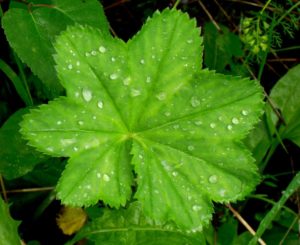
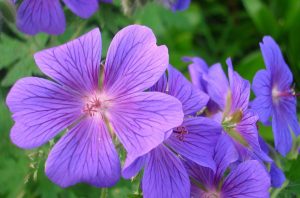
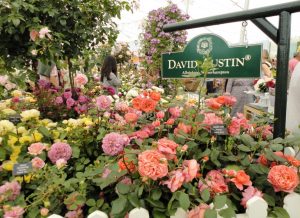
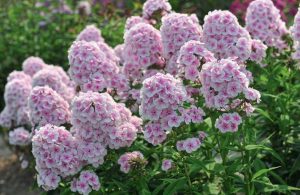
Leave a Reply